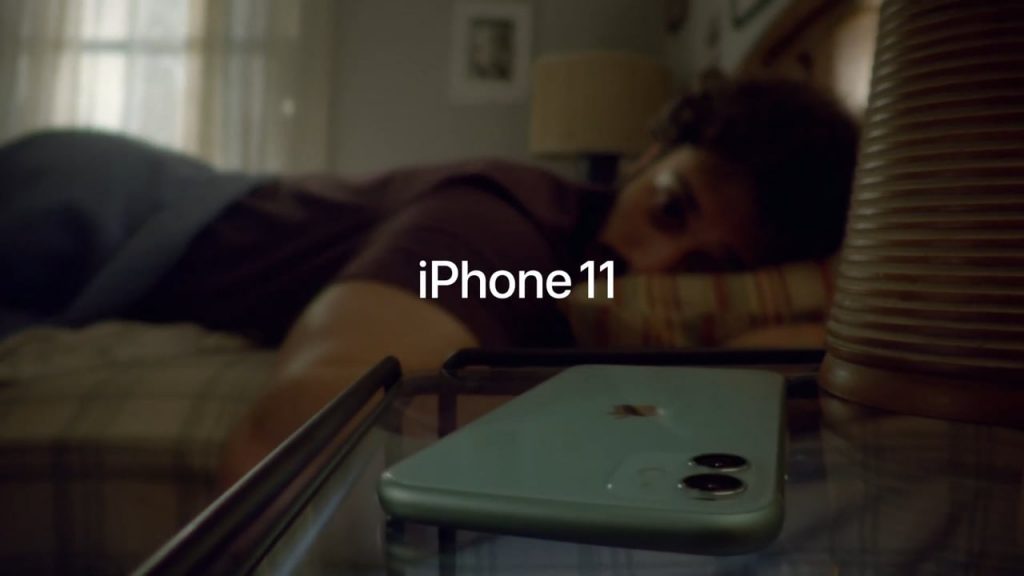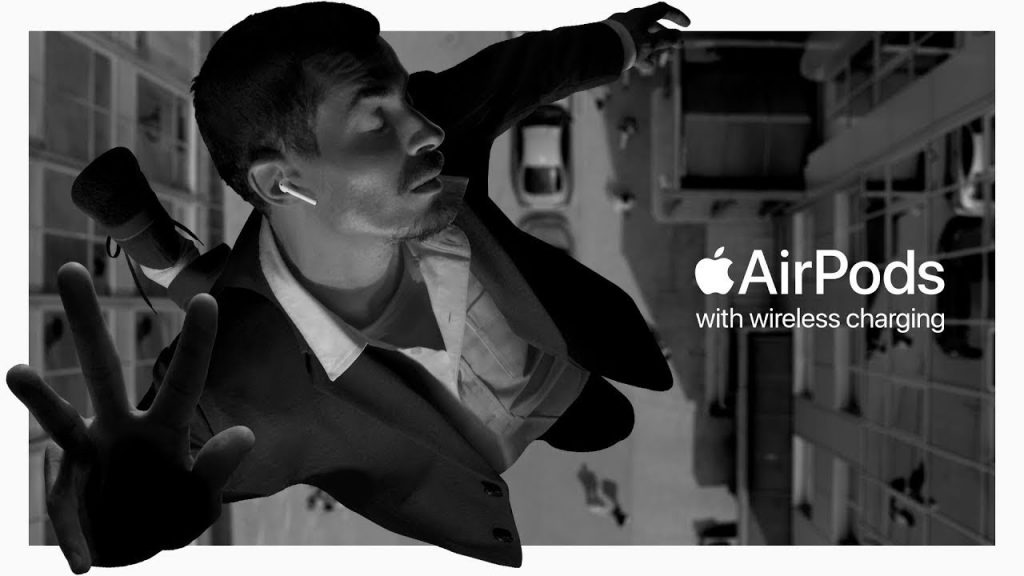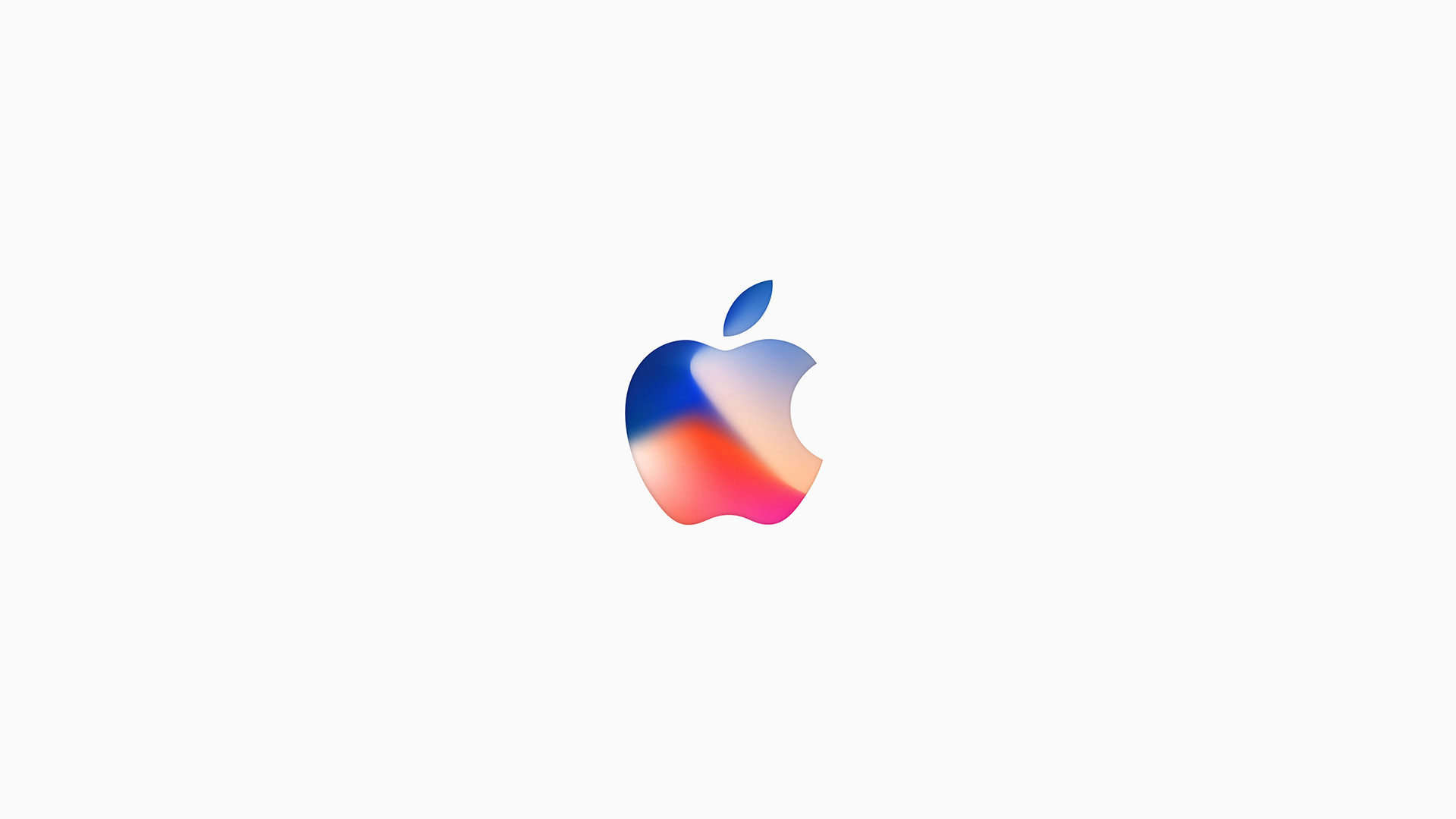Words by Lewis Empson
Depictions of status have varied massively throughout time; wealth has been attributed to sports cars, designer accessories and lavish clothing. However everyday items of technology are beginning to occupy this space and have provoked discussion, both in tech-centric and non technologically minded communities, about how we identify within society using our technology. 
Of course the first thing that comes to mind here would be Apple. The iPhone has been an iconic mainstay within the smartphone industry since its launch in 2007 with the minimal yet luxury branding and hype surrounding its annual release being a massive attribute to its success. The iPhone has always been this physical manifestation to boast status and to show off to others “yeah I’m successful”, especially if you’re seen repping the new version at launch. This is mostly due to the often eye watering launch prices that remain fixed until the next generation releases; to this day I remember in 2017 when social media sites flooded with the news that the iPhone X would be ┬ú999. Arguably this was the turning point for technology, specifically mobile phones, obtaining this new societal function – that of a signifier for status. And sure putting it like that it sounds incredibly elitist, but how does it differ from a Rolex or a Gucci bag?
There’s many ways to look at this, we could go fully sociological and say how it’s a shallow manifestation of rampant consumerism, however we’re a technology section so we’ll stay in our lane and go from the tech angle. Comparatively to other devices, iPhones are a complete rip-off. Android phones such as the OnePlus 8 Pro or Samsung Galaxy S20 have bigger, higher refresh rate screens, cameras with more lenses and features and under-display fingerprint sensors which make these devices feel much more futuristic and yet they cost hundreds of pounds less than the current flagship iPhones. So even though these devices are superior in terms of specs why are they not seen as better devices, falling to the knees of the trendy and desirable iPhone? It all comes down to brand recognition and loyalty as well as some good old fashioned peer-pressure.

The defining market for Apple is a young and trendy demographic centred around creative and social aspects of work and life. Brand recognition is everything whether its clothing, accessories, even water bottles – meaning if the consensus is that Apple products are cool then that’s what the demographic will follow and to identify with these groups, you gotta buy the iPhone. This is why when you see people get into arguments on Twitter about which is better, iOS vs Android, everyone defending iPhones will retaliate with memes and jokes not particularly relating to their device of choice but purely to what it defines about their social status. A phone can have as many futuristic features as it wants, however the iPhone demographic have pre-determined that the iPhone is the one to buy and they will remain loyal. Whether this blind consumerism (the word “sheep” often gets thrown around) or simply sticking with what you know best is yet to be determined, however the notion of the iPhone having this societal power can absolutely be seen in practice through social interaction.
Another product within Apple’s product range which saw a very unique reaction are the Airpods. When they were released in 2016 they were met with complete mockery, often being likened to electric toothbrush heads and they were criticised for their high price point. Inexplicably, after 2 years of mockery, almost overnight Airpods became the must have accessory of the moment. If you had wires connecting your earbuds then it was over for you, the Airpods became a status symbol and they divided those who were “flexing” and those who were stuck in the past. If I didn’t know better then I would accuse Apple of some sci-fi mind control device as this sudden 180 on the Airpod public consensus seemed like a marketing department’s dream as the memes were practically selling the Airpods for them. These memes had a central almost post-ironic theme of “if you got Airpods money, then you’re above everyone else”, which I’m sure had Karl Marx turning in his grave. Owning Airpods in that moment meant you were at the top of the trendy/hype food chain. People in the streets would acknowledge each other with a little nod if they both had Airpods – it was borderline parody. And the crushing blow to all of this is that I fell for it all, don’t get me wrong they’re a genuinely great set of earphones, however I have to live with myself knowing I bought them because I was practically brainwashed and thus I shall now dismount my high horse.

To sum up the fickle relationship between Apple products as technology or fashion you have to consider how the function of these products have shifted from practical devices to fashionable accessories (I’m calling it now, Rose Gold was the straw that broke the camel’s back). An iPhone can make calls, take photos, stream videos and play music but it can do all that with an Apple logo on the back, and as we’ve deciphered that makes you better than the othersÔǪ apparently.



